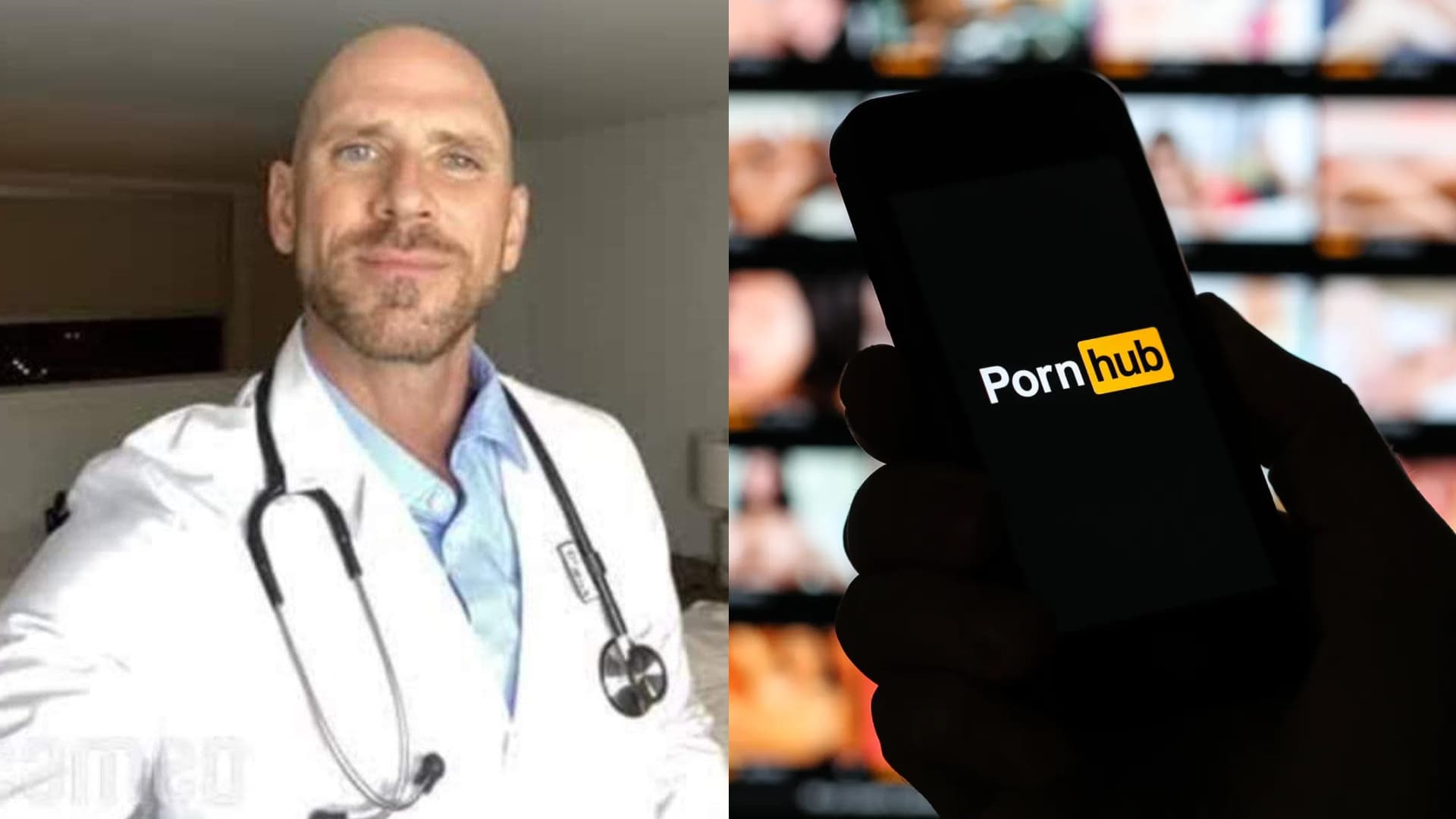If you recognised the man in the feature image, you may be afflicted by porn addiction.
But in all seriousness, since 2015, Australia has consistently ranked in the Top 15 countries for Pornhub visits. And while we aren’t saying this indicates we’re a nation of porn addicts, it does beg the question: is there such a thing as a healthy amount of pornography?
Now before we proceed, let’s make something perfectly clear. We’re not here to police your X-rated consumption.
RELATED: What Is The Average Penis Size (According To Science)?
In fact, there’s no shame in putting on the occasional video to spice up your relationship, relieve stress, and perhaps even help you feel more comfortable about a fantasy or kink that’s been on your mind (assuming it’s perfectly legal and nobody gets hurt).
But problematic porn use should certainly be cause for concern among sexually active men. Which is why we approached Dr Vincent Mok, male-centric telehealth service Pilot‘s in-house general practitioner, for a few answers.
Do I watch too much porn?
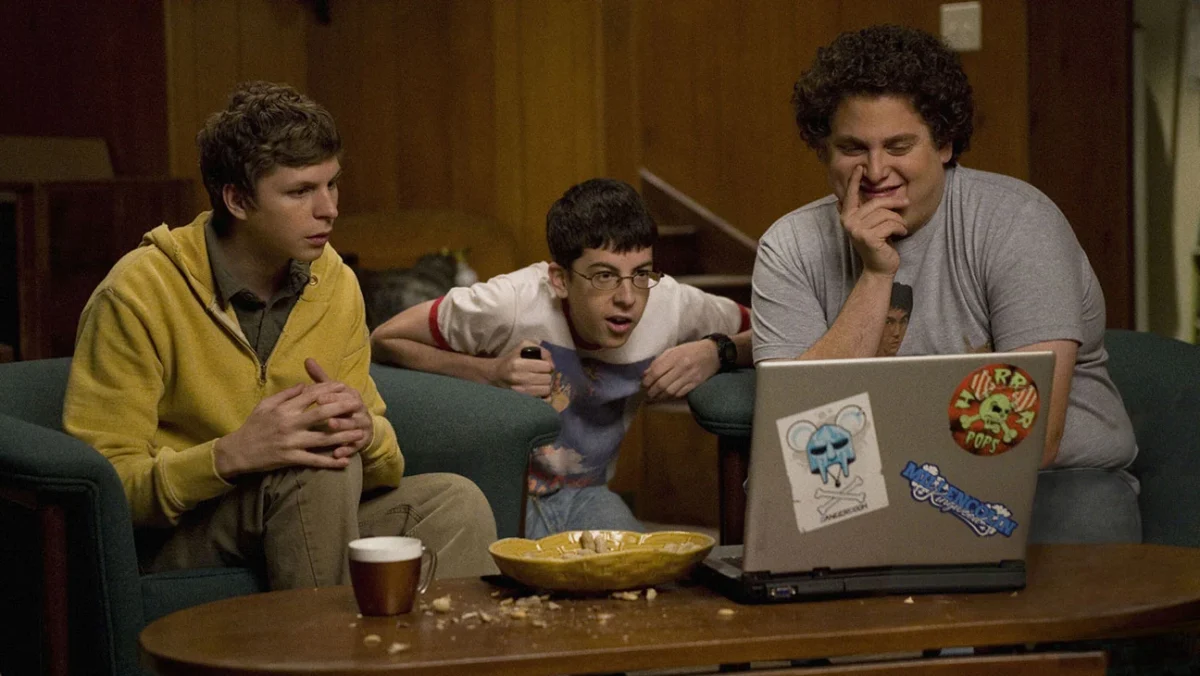
There’s not really a specific number of times per week or month that we can outline to define what constitutes “problematic pornography use” or a “pornography addiction” once and for all.
Because it’s not just about how much porn you watch — it’s also about the context in which you’re viewing sexually explicit material, the emotional impact the habit has upon you, as well as how it impacts your relationship with a partner.
While there’s no straightforward answer, Dr Mok tells us that, “Some researchers give a quantitative definition of problematic porn use, such as spending 11 hours a week viewing porn, consuming porn daily, or surpassing seven orgasms per week.”
“Around 9% of internet porn consumers would meet a quantitative definition of problematic use.”
“Therefore, in considering problematic pornography use, it is important to also consider similarities with addiction diagnoses and models of problematic consumption, including loss of control, impairment, and risky use.”
Signs of porn addiction
The best way to understand if you have a porn addiction is to undertake some self-reflection:
- Do you need porn to get turned on, achieve an erection, or achieve orgasm?
- Do you watch it when you shouldn’t (i.e. at the office or in public)?
- Do you often choose to stay home and watch porn rather than go out and socialise?
- Are you more interested in watching adult content than having real sex and pursuing actual sexual pleasure?
- Do you get anxious about your own sexual performance?
- Do you lie to your partner about your porn-watching habits?
- Do you get angry or irritable when porn isn’t available?
- Does watching porn make you feel guilty?
- Are you spending too much money (i.e. more than you can afford) on adult content?
If you answered in the affirmative to most of these questions, it may be time to consider cutting back. Far easier said than done, of course, but we have some tips.
Tips to fight your porn addiction
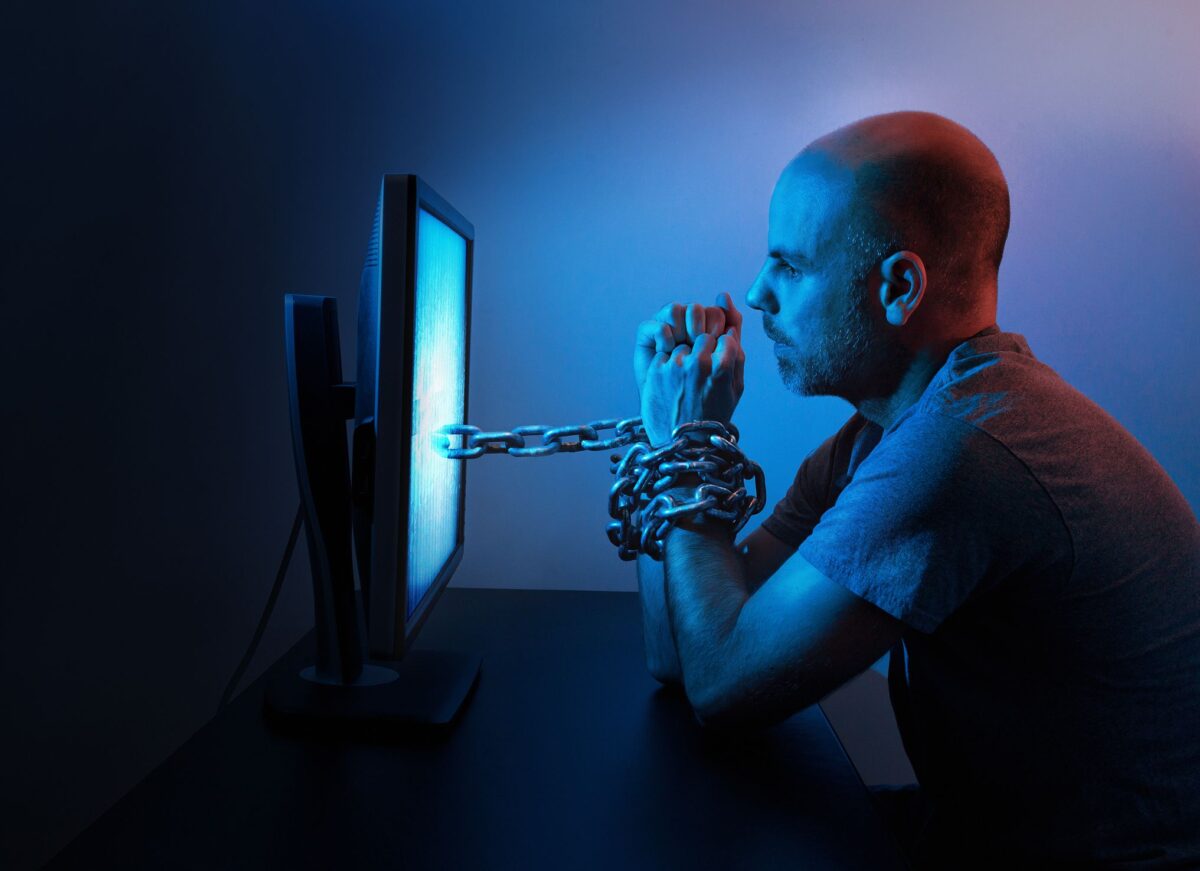
With the proliferation of the internet, the rates of porn addiction (or compulsion, as some refer to it) are on the rise. Who knew this would happen as it became more readily available?
In a survey (1) of over 20,000 Australians aged 16-69, 4.4% of men reported that they’re addicted to porn, and other research has estimated that as much as 5-8% of the world’s adult population is too. So you’re not alone.
What can you do about it?
Dr Mok says the first step is to, “Speak to your GP to discuss whether there is problematic use along with preliminary counselling. You can then consider a referral to a psychologist familiar with internet pornography.”

RELATED: How Long Should Sex Last? (And How To Have The Sex You Want)
RELATED: How To Beat Premature Ejaculation (According To Johnny Sins)
The good doctor also suggests using the Find a Psychologist feature via the Australian Psychological Society and selecting “internet pornography” as the area you’d like to focus on.
“Shame and guilt have been shown to be relevant to the maintenance of problematic pornography use, hence why it is important to address these experiences first, regardless of the type of therapy.
The good news is, that there are a number of treatment options available for this, including cognitive behavioural therapy, structural family therapy, conjoint couple’s therapy, Adlerian therapy, acceptance and commitment therapy, and — as laughable as it may sound — mindfulness.
“The list is extensive because this is still an area under research and there could be a trial and error process to find a therapy that works for a particular patient, and within the skill set of an available psychologist.”
Is there a link between porn & erectile dysfunction?
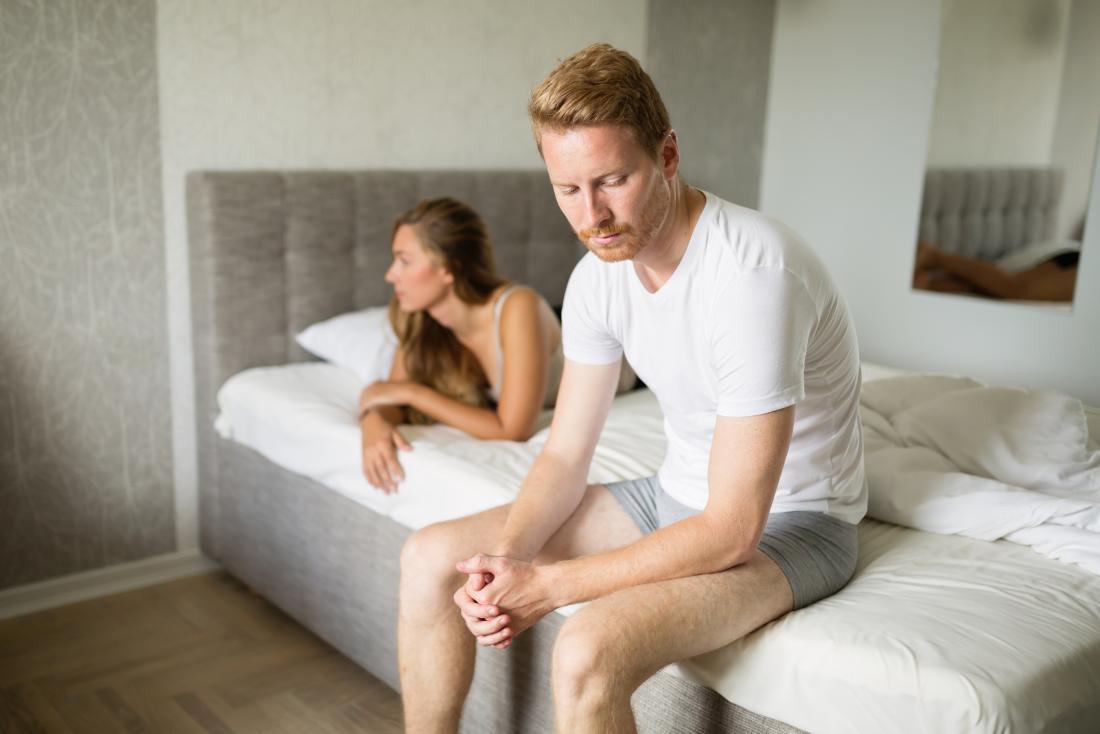
Unsurprisingly, yes there is. Although we can’t definitively claim that adult content directly causes erectile dysfunction (ED) because the science is still a little conflicting.
Some research has demonstrated that there’s a causal link between intense porn watching and the ability to get your soldier standing at attention, while other studies (2) found that the two are completely unrelated.
What we can say for certain is that porn use can often be both a symptom of sexual dysfunction as well as an aggravating factor.
“The brain’s reward pathway (which releases dopamine in response to a pleasurable stimulus) is linked to sexual function,” adds Dr Mok.
“Normally, partnered sex or masturbation may achieve an erection because the arousal from the reward pathway is adequate.”
“Problematic pornography use can alter the neural circuits in the brain’s reward pathway such that this response is impaired.”
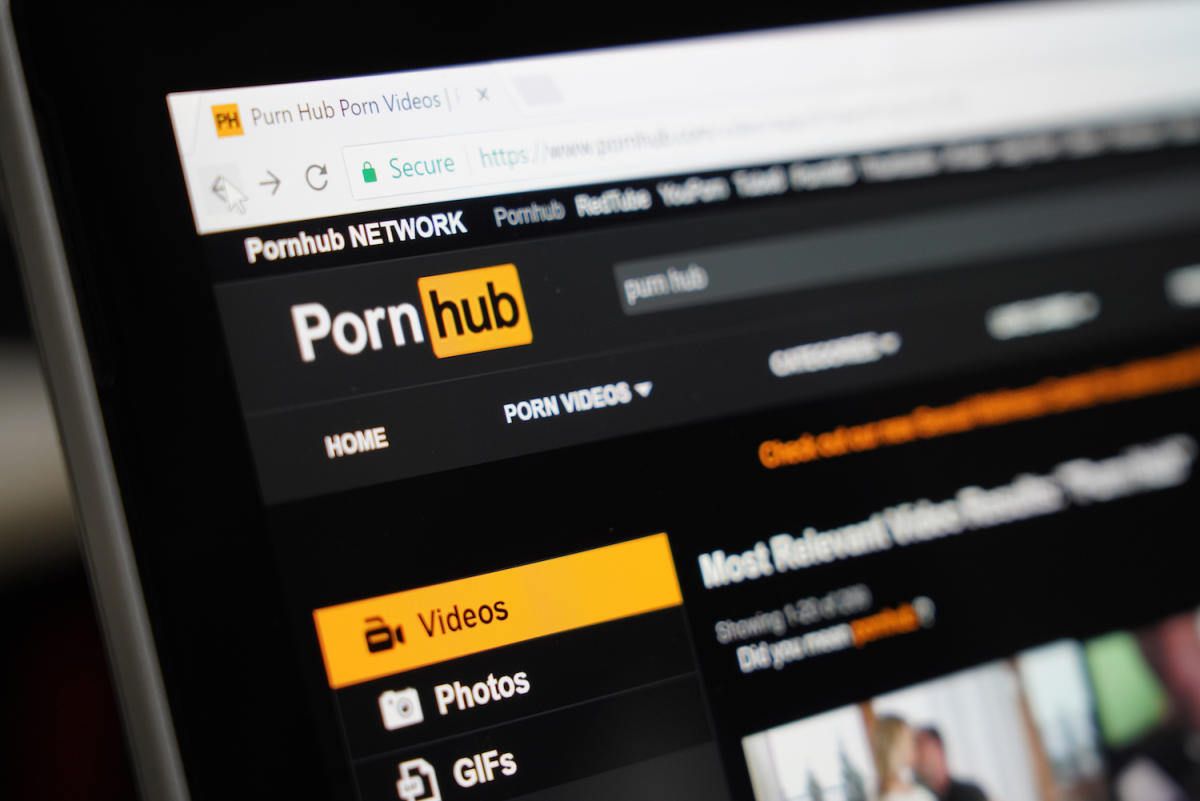
RELATED: Lisa Ann, Former Queen Of Porn, Tells Punters Size Doesn’t Matter
And the issue here is that said pathway can become desensitised through regular and, of course, excessive porn use.
Dr Mok continues: “For example, porn can be considered a supernormal stimulus (e.g. due to novelty, fantasy, more extreme content) that offers a much higher dopamine burst in the reward pathway such that it gets numbed.”
“This is a similar mechanism to how drugs cause tolerance (i.e. requiring higher doses and more frequent usage to get a ‘hit’). It essentially desensitises the reward pathway such that partnered sex or masturbation without porn may not provide adequate arousal to achieve and maintain an erection.”
“Sometimes the desensitisation may be problematic enough such that more extreme content is required for a sexual response.”
In summary, a little porn here and there is OK. Once you feel like it’s taking over your life, however, reconsider your relationship with this type of content. And remember: there’s no shame in talking to a psychologist or GP, whether by conventional means or via discreet telehealth services.
Citations
- A Profile of Pornography Users in Australia: Findings From the Second Australian Study of Health and Relationships, National Library of Medicine, February 2017.
- Is Pornography Use Associated with Sexual Difficulties and Dysfunctions among Younger Heterosexual Men?, The Journal of Sexual Medicine, 25 March 2015.
